Ever wonder why some leftovers taste weird or make you feel sick after reheating? Not all foods hold up well in the microwave or oven round two. Some lose flavor and texture, while others can actually harm your health.
Let’s explore which foods deserve caution and which should never see the inside of your microwave again.
1. Rice Gets Risky
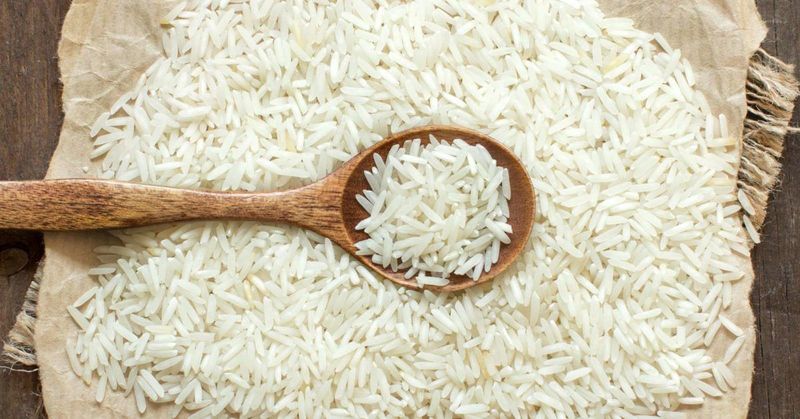
Uncooked rice contains spores of Bacillus cereus bacteria. These spores survive cooking and multiply rapidly at room temperature.
When reheating doesn’t reach high enough temperatures, these bacteria can cause food poisoning. Store rice in the fridge within one hour of cooking and reheat thoroughly above 165°F.
2. Chicken Creates Concerns
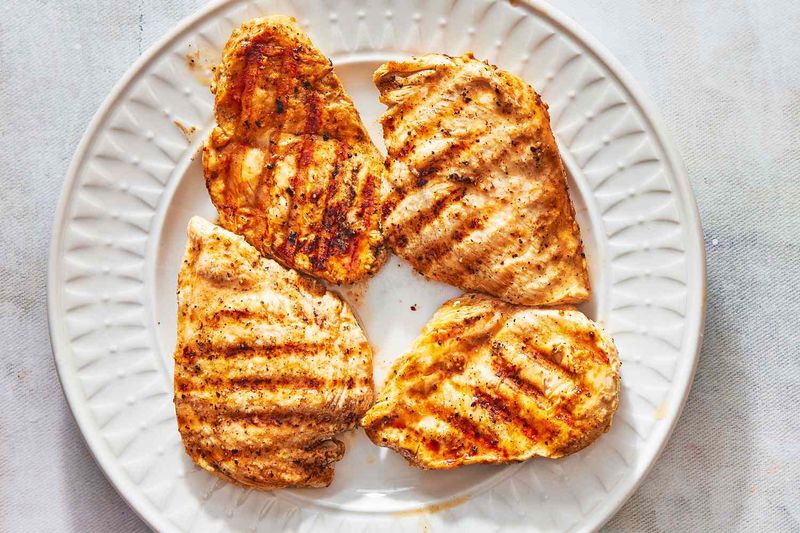
Poultry harbors bacteria that multiply quickly between 40°F and 140°F. Improper reheating leaves dangerous pathogens alive.
Always reheat chicken to an internal temperature of 165°F. Use a food thermometer to check. Break larger pieces apart to ensure even heating throughout the meat.
3. Potatoes Turn Toxic
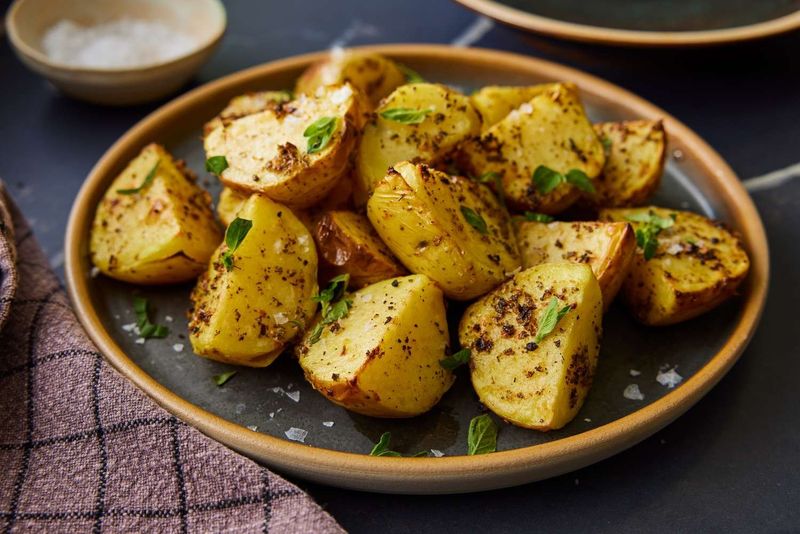
Left at room temperature, cooked potatoes provide the perfect breeding ground for Clostridium botulinum bacteria. This can lead to botulism, a serious form of food poisoning.
Refrigerate potatoes within two hours of cooking. When reheating, ensure they reach 165°F throughout. Never leave potatoes warming at room temperature.
4. Spinach Releases Nitrates

Reheating spinach can convert its nitrates into nitrites. These compounds may be harmful, especially for young children.
Better to enjoy leftover spinach cold in salads. If you must reheat, do it quickly at a high temperature for the shortest time possible. Avoid multiple reheatings of spinach dishes.
5. Mushrooms Break Down
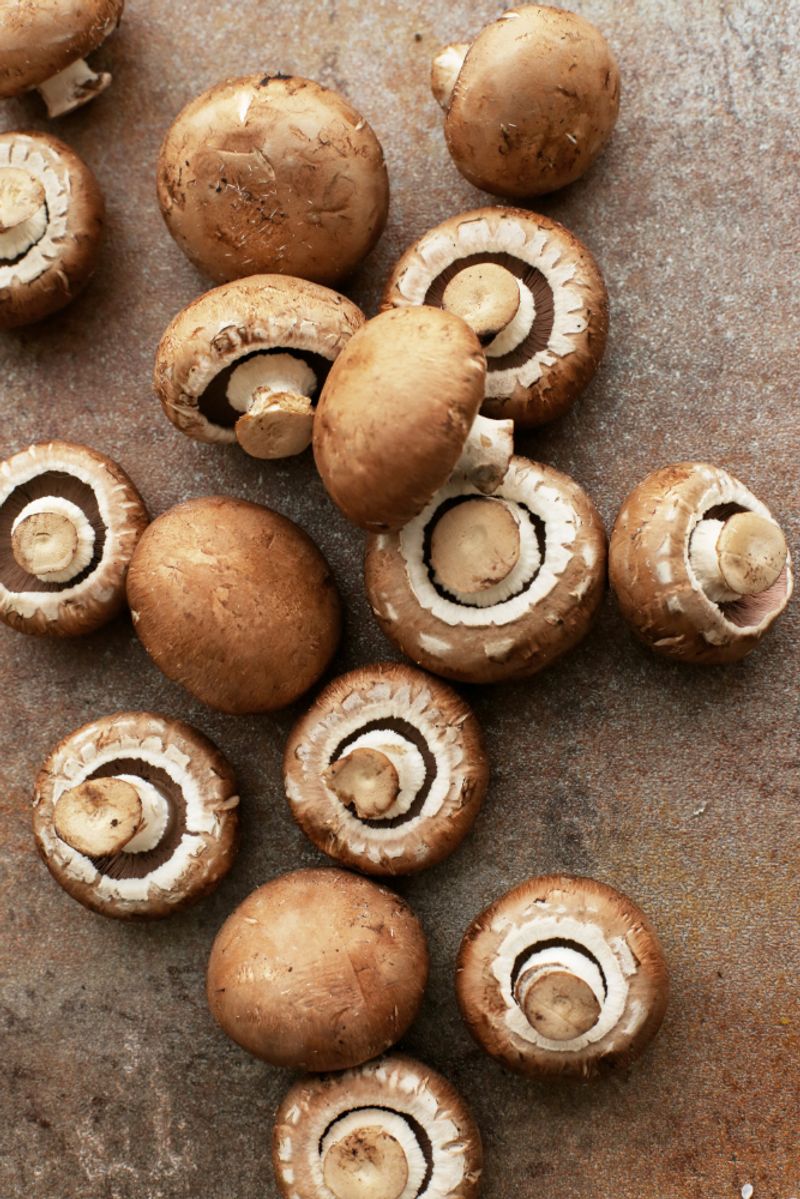
Mushrooms contain proteins that begin breaking down immediately after cooking. When reheated, these proteins continue degrading, potentially causing digestive discomfort.
Eat mushrooms fresh whenever possible. If storing leftovers, consume them cold within 24 hours. Their delicate structure makes them better enjoyed in their first cooking.
6. Eggs Become Rubbery
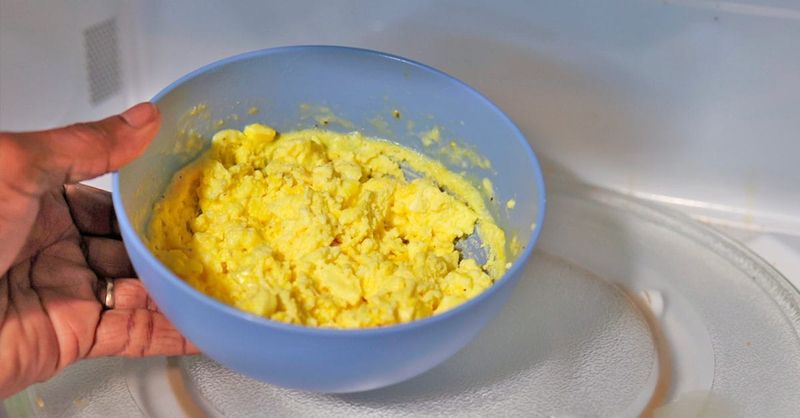
Protein structures in eggs change permanently during initial cooking. Reheating causes further protein bonding, creating a tough, rubbery texture.
The yolks can also release iron sulfide, giving reheated eggs that unpleasant greenish tinge and sulfur smell.
7. Seafood Smells Fishy

Fish and shellfish contain volatile compounds that intensify when reheated. This creates that strong, unpleasant fishy odor throughout your kitchen.
Seafood proteins also toughen significantly during second heating. Have leftover salmon or shrimp cold in salads or room temperature with dipping sauce for much better flavor and texture.
8. Breast Milk Loses Nutrients

Microwaving breast milk destroys valuable antibodies and creates dangerous hot spots. These uneven temperature pockets can burn a baby’s mouth while the bottle feels merely warm.
Reheat breast milk by placing the bottle in warm water instead. Test the temperature on your wrist before feeding. Never reuse milk left over from a previous feeding.
9. Celery Gets Stringy
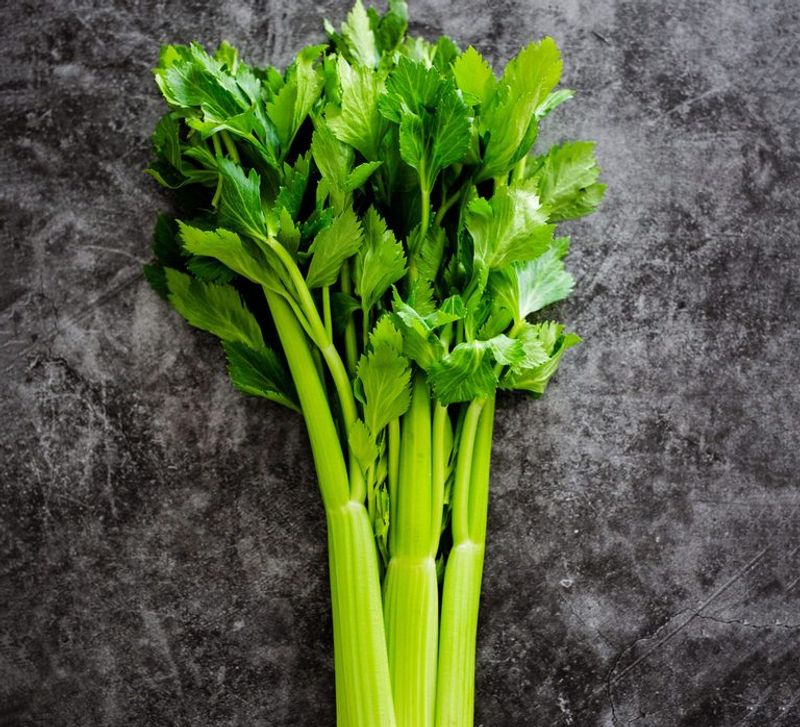
Celery contains tough fibers that become more pronounced when reheated. The once-crisp vegetable turns stringy and chewy, ruining the texture of soups and stir-fries.
Add fresh celery near the end of reheating your leftover dishes. This maintains better texture while still incorporating the flavor you want in your meal.
10. Pasta Gets Gummy
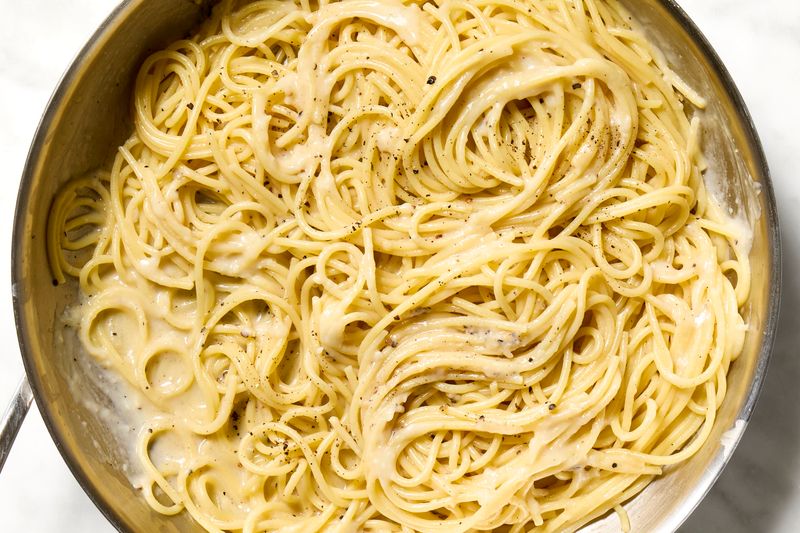
Starch in pasta continues absorbing liquid even after cooking stops. During refrigeration and reheating, noodles swell further and release starch.
This creates that gummy, mushy texture nobody enjoys. Try slightly undercooking pasta initially. When reheating, add a splash of water.
11. DANGER: Oil Left Sitting
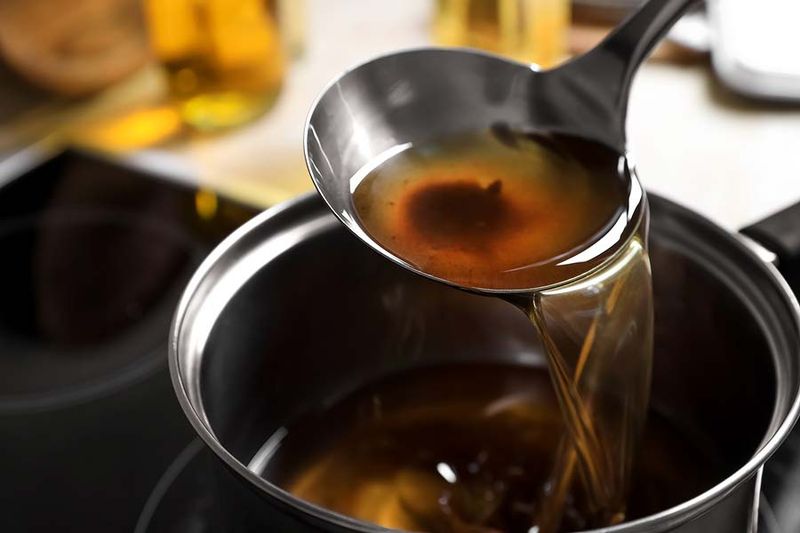
Reheating oils that have been left at room temperature can create toxic compounds. Oils exposed to air develop harmful free radicals.
These compounds have been linked to various health problems. Never reuse oil that’s been sitting out. Always store unused oil in sealed containers in cool, dark places.
12. DANGER: Leafy Greens Second Round

Kale, collards, and other leafy greens contain high nitrate levels. Reheating converts these to nitrites, which can be harmful.
This is especially dangerous for infants and young children. These nitrites can affect oxygen transport in the bloodstream. Either eat these vegetables fresh or enjoy leftovers cold.
13. DANGER: Beets Turn Troublesome

Like leafy greens, beets naturally contain high levels of nitrates. Reheating changes these compounds into potentially harmful nitrites.
The vegetable is best enjoyed freshly cooked or cold in salads. If you must reheat beet dishes, do so quickly at high heat without letting them sit at warm temperatures.
14. DANGER: Shellfish Second Serving

Shellfish spoil incredibly quickly. Bacteria multiply rapidly even during refrigeration. Reheating often doesn’t kill all harmful microorganisms.
The proteins in shellfish also break down rapidly after cooking. This creates perfect conditions for bacterial growth. Eat your shrimp, crab and lobster immediately after cooking for safety.
15. DANGER: Vegetable Oils Reach Smoke Point

Reheating foods cooked in vegetable oils can cause these fats to reach their smoke points repeatedly. This creates harmful compounds called aldehydes and trans fats.
These substances have been linked to increased cancer and heart disease risk. Use fresh oil for each cooking session rather than reheating foods cooked with lots of oil.

